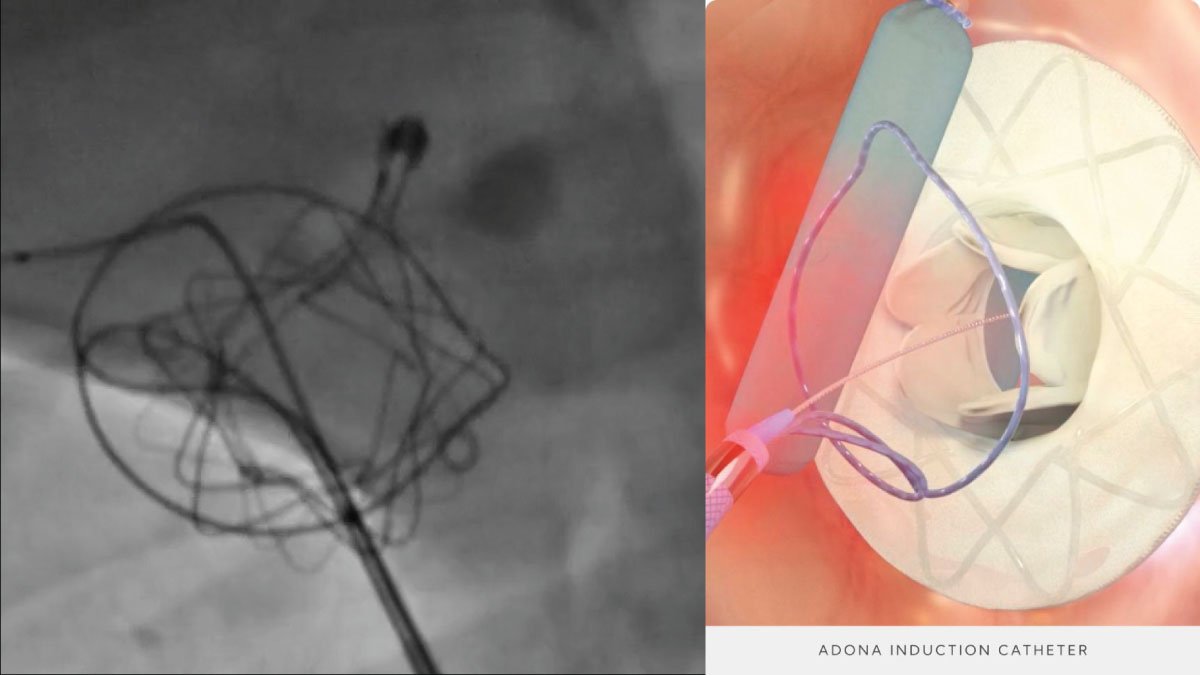Robot-assisted kidney transplant surgery has successfully performed in the US, marking a major advance in robotic surgery and organ transplantation.
A Groundbreaking Achievement in Surgical Robotics
In a remarkable medical feat, doctors at the University of Cleveland have performed the first robot-assisted dual kidney transplant in the United States . This innovative procedure uses advanced robotic technology to increase accuracy and reduce recovery time, offering new hope for patients in need of organ transplantation.
Learning and Innovation
This groundbreaking work was done by Dr. Alvin Wee, Dr. Mohamed Eltemamy and his team at the University of Cleveland. Using the highly advanced da Vinci medical system, this team was able to perform this complex and precise procedure. Advanced 3D imaging and instrumentation allow surgeons to create smaller incisions, resulting in less pain and faster recovery for the patient. This dual kidney transplant involved transplanting two donor kidneys at the same time, a difficult procedure with robotic assistance.
Advantages of the Robot-Assisted Kidney Transplant
There are several important advantages of using robotic assistance in kidney transplantation:
Precision and Control: The Da Vinci system gives doctors control and accuracy, reducing and improving the risk of problems. The benefits of minimally invasive surgery, Fewer incisions mean less post-operative pain, less scarring and a shorter hospital stay.
Better recovery: Patients benefit from a faster recovery time, allowing them to return to normal activities sooner.
Expanded donor options: The precision of robotic surgery allows the use of donor kidneys that may not be possible in traditional surgeries, expanding the pool.
Potential Applications in Robot-Assisted Kidney Transplant
The success of this technique demonstrates the ability of robotic systems to transform other complex tasks. Robotic technology can be integrated into various medical devices, improving their capabilities and expanding their applications. For example, the precision of robotic devices can improve outcomes in surgeries such as liver transplants, heart rhythm repair and complex oncology procedures.
Future Trends and Opportunities of Robot-assisted Surgeries
The future of robotic-assisted surgery is promising, with continued progress to refine these technologies. Future trends may include:
- Increased Accessibility: As robotic systems become more widespread, their benefits will become accessible to a larger patient population.
- Enhanced AI Integration: The integration of artificial intelligence can further enhance the capabilities of robotic systems, providing real-time analytics and decision support during surgeries.
- Personalized Medicine: Robotic systems can be tailored to individual patient needs, allowing for personalized surgical approaches and improving outcomes.
Conclusion
The success of the first robot-assisted dual kidney transplant in the US marks a significant step forward in medical robotics and organ transplantation. This innovative approach promises improved outcomes, faster recovery times, and expanded donor options, heralding a new era in surgical care. As robotics advances, its integration into medical devices will undoubtedly change the landscape of modern medicine and offer new opportunities for complex surgeries.





















